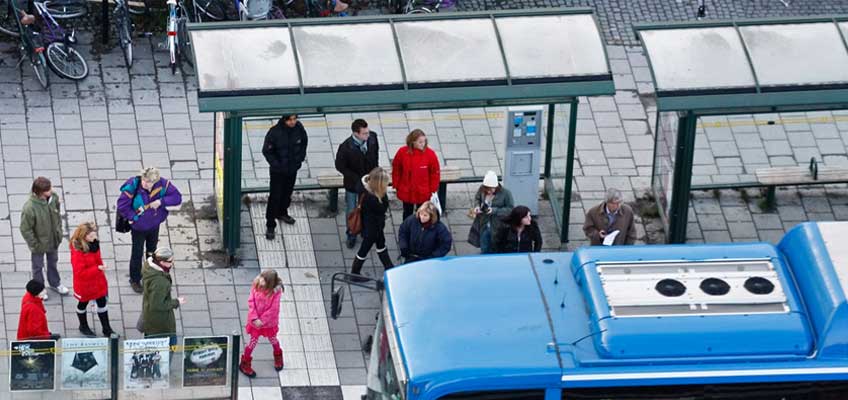Commuting in Stockholm, Gothenburg and Malmö

Delays for those who commute to work in the three major areas in Sweden, Stockholm, Gothenburg and Malmö amounts to about 8.5 billion in social costs. When the environmental costs for emission for the transport modes being used is included the cost increases to 11.5 billion.
Full report and commission in Swedish
– Without major adjustments to improve public transport mobility the cost of commuting will substantially increase in the coming years. This will eventually also effect the regional and national economic growth potential, says Krister Sandberg, Senior Adviser at Transport Analysis.
– Most of the commutes are done by car. Men has also a higher share of car use than women who to a higher degree use public transport.
In the report a number of obstacles that affect commuting in the three regions are listed. Most significantly is the high railway capacity use, both within each region, but also for commutes to and from each region. This also influence the congestion situation at junctions. Also the road network is heavily used causing large congestions on the major arteries in rush hour.
The Stockholm region is the most affected region of the three examined and will despite large investments be more congested in 2030 than today. This applies to both road and rail. More effort must therefore be but on increasing the capacity for public transport to reduce congestion.
The Gothenburg region congestion charge scheme will reduce the traffic congestion caused by using cars, trams and buses. This region is also particularly known for its high car commuting usage.
The use of public transport in the Malmö region has doubled since 2005. Despite the opening of the City Tunnel and an expansion of the rail network the Malmö region is still affected by capacity problems and delay costs is on par with those in the larger Gothenburg region.
Download:
Summary Report 2011:3 Commuting in Stockholm, Gothenburg and Malmö - a current state analysis
